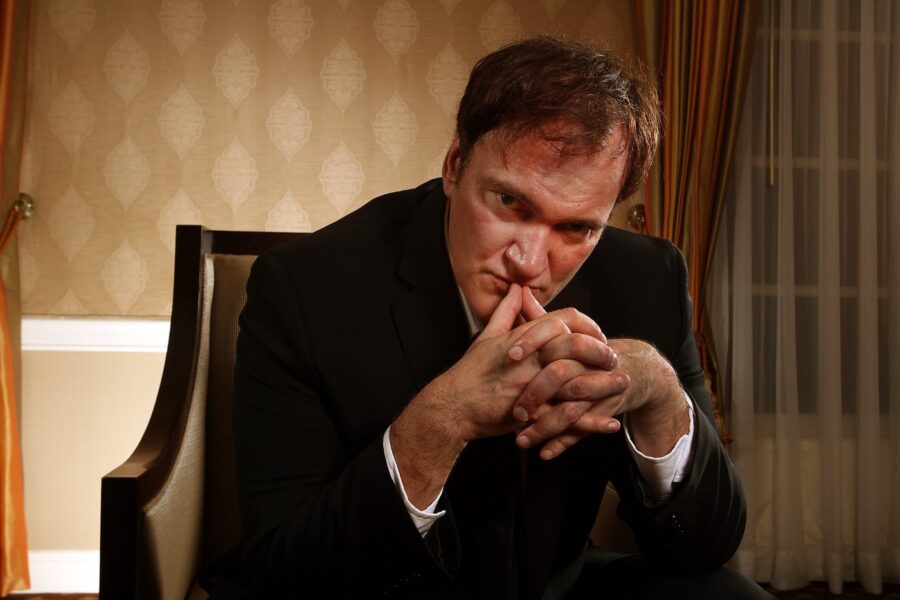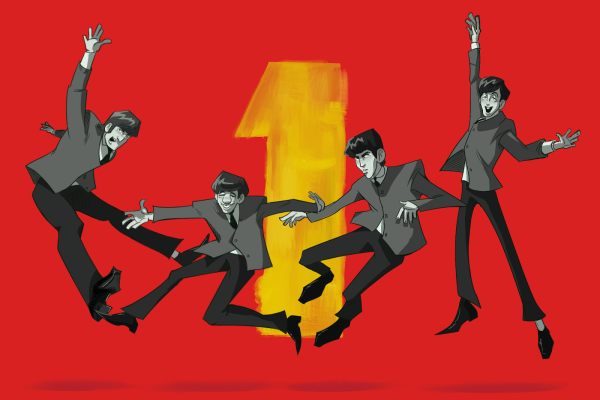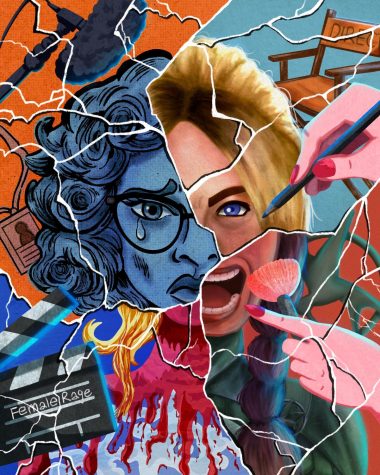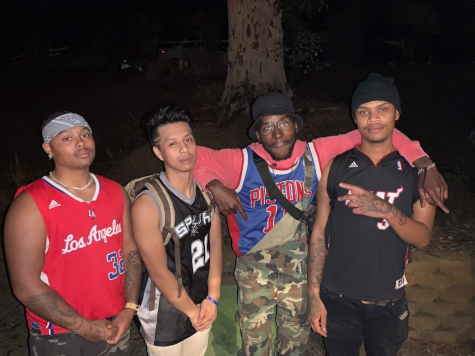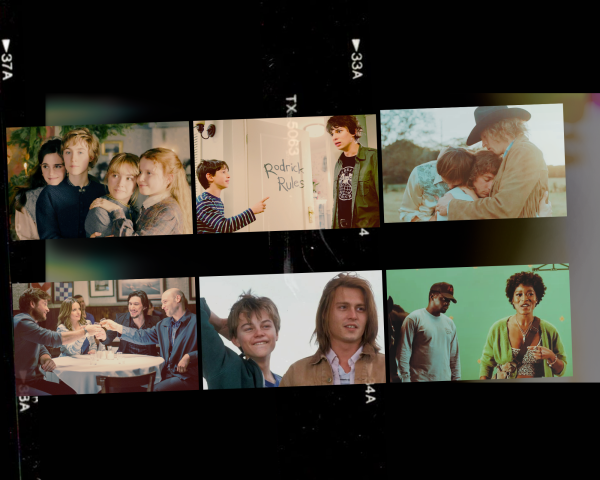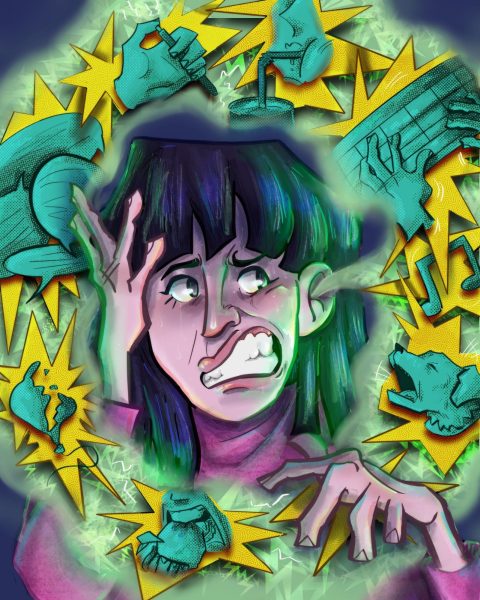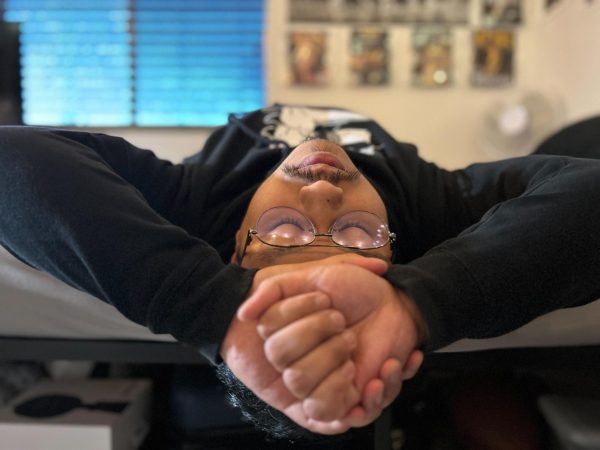The Iconography of Quentin Tarantino
Breaking down the director’s eccentric trademarks
Many call Quentin Tarantino a maverick filmmaker of his generation. “Once Upon a Time in Hollywood,” the director’s ninth movie, is a homage to the film era of the late 60s and has reminded audiences why the infamous filmmaker is either beloved or hated in some cases. Whether in critical or commercial success, there’s no denying the influence that the filmmaker has made on cinema. Tarantino’s film style is like none other and highly recognizable for that matter. In October 2018, Oxford English Dictionary added “Tarantinoesque” to its glossary of terms in recognition of the cultural influence he has made.
This is a list of Tarantino’s most consistent trademarks that makes the filmmaker and his meticulous eccentricities, absolutely iconic.
Spoiler warning: If you’re reading this list, you’ve likely seen the films many times over. But just in case, I’m here to tell you; there are spoilers ahead for various films throughout his filmography.
1. Blood, gore, and outlandish violence
It’s hard to forget the 10-minute fight scene in “Kill Bill” in which The Bride, played by Uma Thurman, slaughters the Crazy 88 inside The House of Blue Leaves. Once she’s defeated the last man standing, she tells the ailing survivors “Those of you lucky enough to still have their lives, take them with you! However, leave the limbs you’ve lost. They belong to me now.”
The scene is exceptionally bloody and violent in which a portion of the fight scene changes from color to black and white after the Motion Picture Association of America told the filmmaker to tone the brutal scene down. In true Tarantino fashion, the climax of his movies features a substantial amount of death and violence; its a pivotal quality to the genre of the films he makes.
When speaking at a press conference, the director had this to say about violence in film: “Violence is just one of many things you can do in movies,” said Tarantino. “If you ask me how I feel about violence in real life, well, I have a lot of feelings about it. It’s one of the worst aspects of America. In movies, violence is cool. I like it.”
Tarantino likes violence because it is entertaining and a form of catharsis; he considers it good cinema. The violence in his films is not as reflective as it is in real life. Generally, the violence exhibited is unrealistic, unnatural, completely stylized, and at times exploitative. In Tarantino’s world, it’s a fantasy; a moment in which the viewer can disconnect and enter a different world that is unfathomable and virtually impossible. Many people don’t care for his style of violence, but its no doubt that this is a primary characteristic in a Tarantino film which he fully embraces.
Here the filmmaker talks about his unapologetic approach to violence in films:
2. Revenge and/or redemption
Revenge and redemption are on-going themes in Tarantino’s movies. Not only does he give the audience the satisfaction of allowing the protagonist to settle the score and right the wrongs — but in many cases — most of his characters either need saving or are the ones doing the saving.
His movies contain iconic moments of revenge, and as of late many have been historical revenge fantasies. Shosanna’s vengeance against Hitler and the entirety of Nazi Germany in “Inglourious Basterds.” Django’s revenge against Calvin Candie and the Candyland plantation in the mock western “Django Unchained.” And his most blatant revenge story to date, “Kill Bill” in which the sole purpose of this character was to exact revenge. Tarantino grew up watching revenge saga flicks and loves the genre due to the self-explanatory storyline. (i.e., a character being wronged and spending the entire movie plotting and executing payback)
Check out this excellent analysis on the Tarantino’s art of revenge:
Redemption is another running theme across Tarantino’s films. In the director’s latest film “Once Upon a Time in Hollywood,” the film tells the story of an aging television actor and his stunt double both searching for meaningful work during the decline of the golden age of 1960s Hollywood. The film follows the characters as they work through their personal insecurities of becoming antiquated in a town that is changing right before their eyes. This is not the first time we’ve seen the characters in a Tarantino film battle their demons and search for the deeper meaning in their lives. The sub-stories in “Pulp Fiction” can easily be argued as a film about redemption and deliverance. Tarantino’s use of redemption reminds us that life is a series of choices — in which the characters within his films — are constantly waging an internal war between right and wrong.
One of the most iconic scenes in “Pulp Fiction” that screams redemption is the phenomenally acted diner scene; in which Jules (played by Samuel L. Jackson) tries to “help” Ringo (played by Tim Roth) make a moral choice.
Check it out below:
3. Conversations that appear to be about nothing
Dialogue is one of the main components of Tarantino’s movies as he uses it to introduce the characters in his films. He is known for his cool — yet unique way — of using dialogue that allows the audience to form bonds with the characters. Beyond that, it keeps the viewer on the edge of their seats with anticipation of what’s coming next.
When watching a Tarantino film, one must be ready to listen to actors talk for rather long periods. Emphasis is placed on the dialogue between characters and not on the actors actually doing something within the scene; which is an uncommon occurrence in films. The conversation’s content rarely has a purpose to the plot except to shed light on the personalities of the characters. The viewer is left wondering what the purpose of it all is. Tarantino’s reliance on dialogue means that it is used to establish the setting, the characters, and to push the plotline forward.
Furthermore, the dialogue is used to build the tension layer by layer and leaves the audience awaiting the impending doom. The perfect example is the French tavern scene in “Inglourious Basterds” which is nearly a 30-minute scene — that felt like 10 minutes — and culminates in an unforgettable climax. Line after line the tension builds underneath the guise of a friendly facade which unnerves the viewer as the cat and mouse game unfolds. Tarantino takes what could have been a dull drawn-out scene and makes it one of the best segments in the movie through the dialogue and plot anticipation.
The filmmaker draws the attention of the audience and keeps them engaged, primarily through the way that the characters speak to each other. Storytelling is a vital piece within a Tarantino film. More often, we see characters sharing stories of themselves within the dialogue — so there are stories within the storyline. This skillful technique allows the audience to connect the dots and gain further insight into what is about to happen. These characters don’t talk like movie characters, they sound like everyday people discussing life’s issues with random pop-cultural references.
Tarantino is a master at the art of dialogue and creates the perfect mix of storytelling, humor, and tension.
Check out this clip of the bar scene in “Inglourious Basterds” to see the tension unfold:
4. Feet are the focus
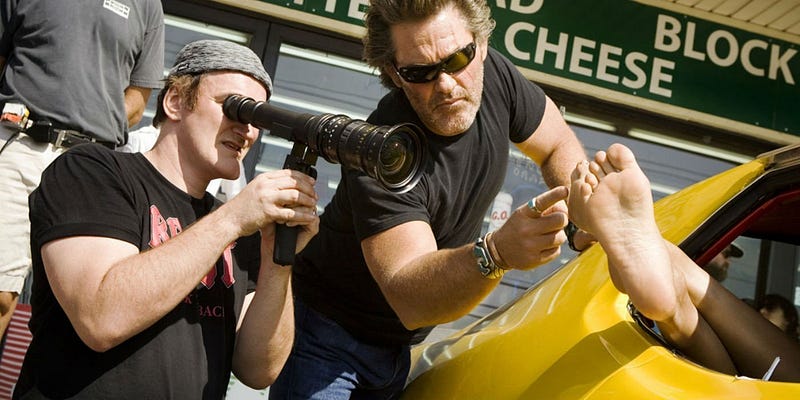
Well, aren’t we all fascinated and a little perplexed that Tarantino embraces his inner freak and subjects the viewer to it? Potentially?
With the recent release of “Once Upon a Time in Hollywood,” the internet has been in an uproar over the number of foot shots featured throughout. 36 shots to be exact. Damn, that’s a lot of feet. However, none of this is new. Tarantino has a foot fetish, which he is not ashamed of and it’s apparent to those who have been paying attention over the past 20 years. It’s like the repetitive shots of #footporn in his films are not for the audience, but for the director to live out his fetish through his film legacy. His use of closeup shots in which bare feet take up most of the frame aid in telling the story. A story of a filmmaker with a mad foot fixation. Let’s not forget that this is coming from the guy that once drank champagne out of Uma Thurman’s stiletto.
Never noticed it for yourself? Check out this YouTube compilation to see how serious his fetish is. If you’re not a foot person, getting through this video is no small feat.
5. The music is everything
The music in Tarantino’s films has created some of the most iconic scenes over the past two decades. It sets the pace and mood of the film, it’s used to rouse emotion and pays tribute to the movies that came before. Tarantino has gone on the record to say that before he starts writing a screenplay, he goes through his music collection to determine the feel of the movie. The music acts as another character within the film with a distinctive style that brings a sense of familiarity to the movie. It doesn’t really matter if the song goes with the scene; it’s the contrast between the music and imagery that comes off as unsettling and captures the attention of the viewer.
Tarantino’s use of music from the 60s and 70s allows the audience to reminisce over the classics and makes way for new introductions. He’s revitalized this genre of music through his films which remains the primary sound that has dominated most of his soundtracks. The only exception is when he nabbed legendary Italian composer Ennio Morricone to do the original score for “The Hateful Eight.”
Earlier this year, Tarantino released a 70 song playlist courtesy of Spotify that features tracks from his entire movie catalog. It’s all of his favorite songs across all nine of his films. These are the songs that beautifully match music and cinematography which have created the most unforgettable moments in movie history.
Dying (or at least moderately intrigued) to see what made the list? You can listen to the playlist here:
6. It all takes place in the same “universe”
Long before the Marvel universe began cross-breeding characters and plot-lines, Tarantino became known for interweaving characters across his movies in a subtle yet effective way. Along with it came a slew of Easter eggs and notable references that diehard fans could rejoice over. The director confirmed all his films are linked in some way, except for “Jackie Brown,” as this film was adapted from the Elmore Leonard novel “Rum Punch.”
In the Tarantino universe — which operates like the real-world — fictional characters cross paths and can interact with actual figures in the reality that we know. Like Hitler in “Inglourious Basterds” and Sharon Tate and Charles Manson in “Once Upon a Time in Hollywood.” This is all apart of Tarantino’s shared universe which includes alternate versions of history being played out on screen. The fictional characters in his films intercept real-life events and influence outcomes.
Beyond character connections, Tarantino drops hints of a shared universe through fictional product placement. Big Kahuna Burger, which was most infamously immortalized in “Pulp Fiction,” is referenced in other movies such movies as “Reservoir Dogs,” “From Dusk Till Dawn,” “Death Proof,” and “Four Rooms.” Let’s not forget Tarantino’s favorite brand of fictional cigarettes Red Apple, a brand he created for “Pulp Fiction.” This fictional product has made repeat appearances throughout his pictures and was most recently featured in “Once Upon a Time in Hollywood.”
The subtle intricacies of these cinematic connections across his films are more interesting than they are critical and relevant to the storyline. The elements that connect one nuance to another is nothing more than fun references for loyal Tarantino fans. The small details show the dedication to the craft and the overall passion that Tarantino bleeds into his films.
To see an analysis of how every Tarantino movie is connected check out the below video:
7. Imitation is the sincerest form of flattery
As the old adage goes, “good artists borrow, great artists steal.” The wildly creative filmmaker told Empire magazine, “I steal from every single movie ever made,” said Tarantino. “Great artists steal, they don’t do homages.”
Tarantino has been highly vocal that he takes from movies he’s been influenced by. He is a film lover at heart. His primary influences range from spaghetti westerns, which can be seen in “Django Unchained,” film noir such as “Pulp Fiction,” and Blaxploitation cinema as in the critically successful “Jackie Brown.” The title for “Once Upon a Time in Hollywood” takes inspiration from Sergio Leone’s 1968 film “Once Upon a Time in the West.”
Film enthusiasts criticize the way the director blatantly copies particular film shots, story concepts and makes slight variations to classic one-liners that are hugely recognizable. However, to understand where Tarantino finds his inspiration it needs to be understood that the director didn’t go to film school; he was a video store clerk who learned how to make films by watching them. His copycat techniques can be argued as adaptations or repurposing of vintage cinema and their respective genres. The passion that seeps from his films is that of a fanatic who wants to share something great with the audiences.
Although there is a substantial amount of copying and “borrowing” from other cinematic works used in his films, the reason it works is that it comes off as entirely original. His use of influences from classic movies gives his own genre-blending films a timeless quality.
In the end, all art borrows from other art. No idea is truly original, as past ideas influence present ideas which will then influence future ideas. He is able to do something that no other filmmaker can do, and this is most likely the reason that Tarantino openly admits that he takes from other films. The ability to take various concepts that have worked in the past and put them together to make something new and fresh is why Tarantino is amazing at what he does.
Check out the below video that breaks down Tarantino’s techniques and the difference between homages and stealing:
There are other common Tarantino trademarks such as long takes and longer tracking shots, non-linear storylines, corpse POV shots, the presence of a standoff and cameos of himself. The ingeniousness of his film style is endless.
Quentin Tarantino has made his mark as one of the best filmmakers in history. His movies are for people who love movies; for those that obsess and analyze, for those who notice the nuances, for those that read this piece. His style is not for everyone, and he knows it — yet is still authentic to his craft. In the end, that’s where Tarantino thrives best; being out on the edge, playing with genre norms and turning his back against conventions and expectations — and taking the audience along for the ride.

